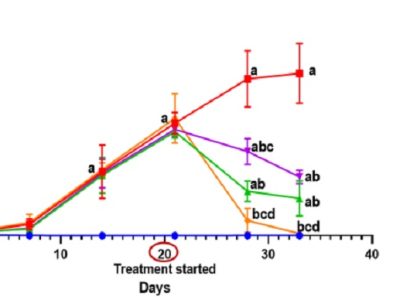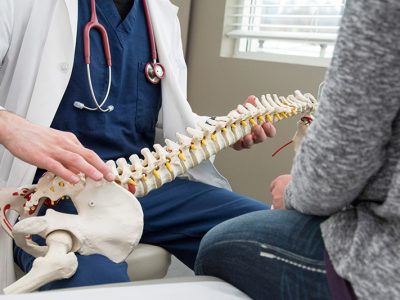If you are going under the knife, you are probably having some expectations before, during and after the surgery. As for the after, or postoperative, pain is surely one of the things to be expected. Be it upper or lower limbs, abdominal, thoracic or any other types of surgery, pain reliefs are often prescribed in most of the cases. Besides some non-pharmacological methods, medication use is also vital. We can control postoperative pain with Myonal, a non-steroidal anti-inflammatory drug (NSAID), or acetaminophen such as Panadol and also with the use of opioids.
First let’s dive into the simpler methods that involved no drug use. Methods of using heat or ice can be beneficial to reduce pain. When applied around the area of pain, ice can help to reduce swelling, dull the area and act as anaesthesia while heat can improve blood circulation and soothe discomfort. They may not be as potent as chemical painkillers, but they do work. But both ice and heat therapy do have their own potential side effects when used poorly. Therefore, it is best to be mindful when applying these methods to avoid any unwanted harm.
Another simple way to deal with postoperative pain is by distraction. Some patients will use this distraction method to keep their minds occupied and diverted from the pain. You can read a book, play some games, watch your favourite shows or even by talking to someone. This way, you are not constantly focusing on the pain that you have. Distraction may not work too well on its own, since it does not really remove the pain away, but in combination with other modalities, it can enhance the pain-reducing effect.
For patients who just underwent surgery, their healthcare provided usually will advise for early mobilization or ambulation. Rather than lying on their beds all day long, patients should start sitting down more, trying to stand and eventually start walking either by aid like a walking frame or by themselves. Early ambulation is encouraged to reduce the possibility of postoperative complications such as clot formation in the lower limbs. This can also improve blood flow that promotes healing of the surgical wound. All in all, this can help in preventing more harm and pain to postoperative patients.
In terms of pharmacological or medication use, doctors will usually prescribe painkillers for patients after surgery especially the major ones. Unless the patient requires more potent painkillers, for example, the opioids like morphine, most patients will be given the likes of acetaminophen or NSAIDs. And most of the time, the pain is well controlled just with these medications that anyone can get as over-the-counter medications. Therefore, it is important for healthcare providers to assess the severity of pain experienced by their patients to determine which type of drugs should be prescribed, as well as to avoid unnecessary opioid use.
Pain management is a really important aspect in healthcare. It is the fifth vital sign after all. Most people won’t even seek medical care if it is not for the unbearable pain that their ailments caused. From all the choices that we have in managing pain, it is vital to choose the best method to ensure optimal pain control and pain free environment.






Comments